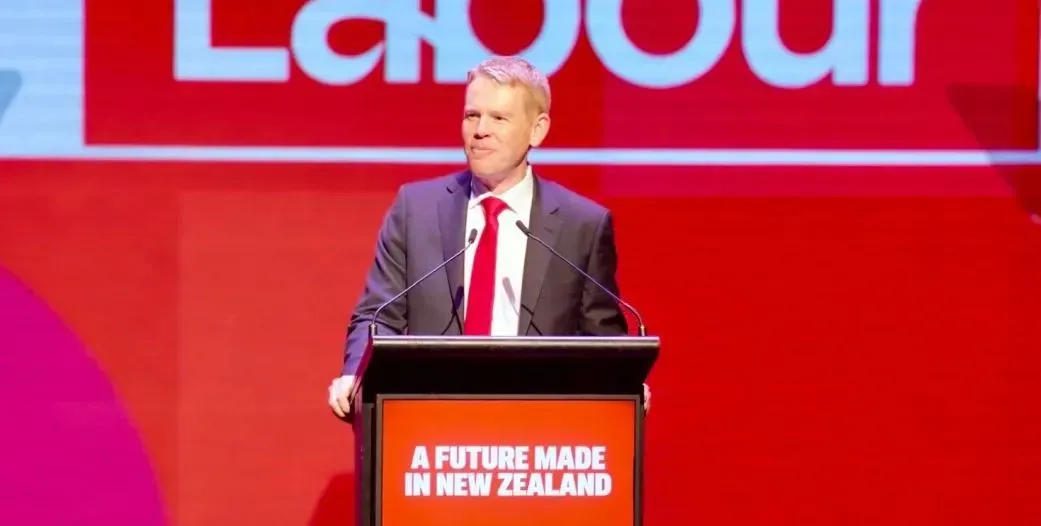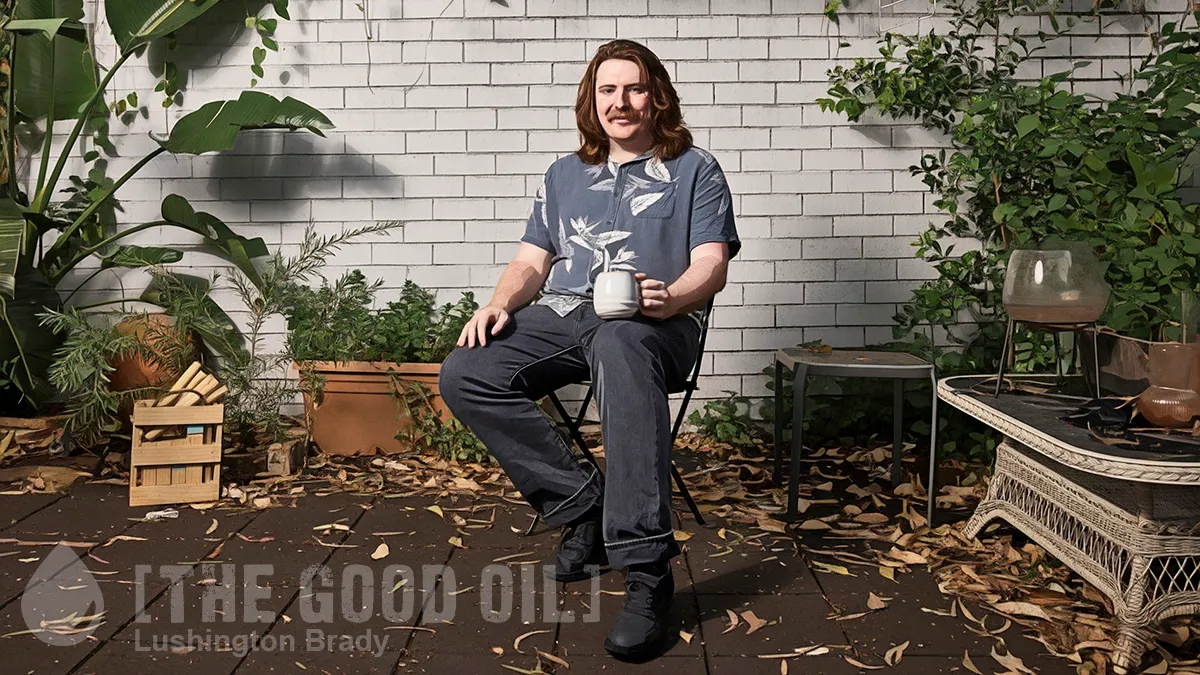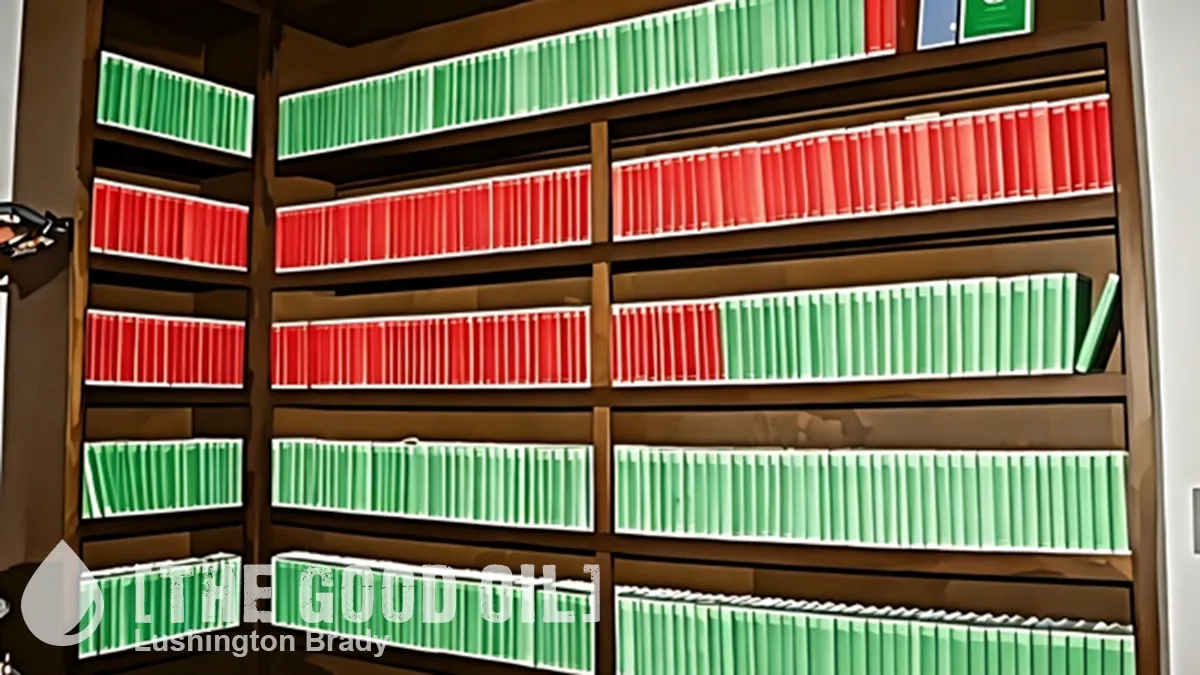In the US, the Democrats and their lickspittles are bragging that the economy is doing just fine. In Australia, Treasurer Jim Chalmers claims that the government is keeping inflation in check and mainstream media seals hork a chorus of agreement.
Just don’t you believe your lyin’ eyes about the price of everything going through the roof.
Australia’s “working poor”, including people holding down two or three jobs, are inundating financial counselling services as a combination of high mortgage interest rates and inflation leave them struggling to make ends meet.
A phone hook-up last week of counsellors from across the country heard harrowing stories as those with mortgages and people trying to keep a toehold in the rental market seek help to cover their repayments or find a way out of economic distress […]
Growing mortgage repayments and rents, on top of broad inflation, are forcing hundreds of thousands of Australians to seek financial help.
When you live in the top echelon of a two-tier economy, of course, it’s easy to think that all is just fine. The Boomer generation, who inherited a world made safe by the blood and sacrifice of the older generation they spent the next few decades despising, haven’t been too inclined to pay it forward to their successors. While the Boomers are out “Spending the Kids’ Inheritance”, young people today are being hammered in the housing market especially.
Financial market analysts believe there’s a one-in-three chance the Reserve Bank will use its August 5-6 meeting to lift the official cash rate to a 13-year high of 4.6 per cent. On a $600,000 mortgage, another quarter percentage point increase would lift monthly repayments by $100, taking the cumulative increases since early 2022 to more than $1700.
As repayments have climbed, so have rents risen by about 15 per cent nationally over the past two years.
The Age
Cue the standard Boomer whining about, “but we paid 17 per cent interest” in the ’80s, blah blah blah.
As soon as someone under 50 voices concern over the current state of mortgage rates, an older Australian chimes in at lightning speed with, “We paid 17 per cent interest in the 1980s, you know!”
I’m not sure if they do this because they genuinely believe we don’t know that interest rates reached an all-time high 35 years ago or if it’s their roundabout way of saying they also did it tough once and, as such, we should all quit our whinging.
I’m fairly confident it’s the latter of the two, not least because I’ve never met an Australian over 60 who hasn’t dropped the 17 per cent figure at least once when discussing money. What’s interesting, though, is that a number of younger people are now using this retrospective comparison, too.
And not in the way the Boomers like. The youngsters are pointing out a very simple fact that undercuts the Boomer smugness.
Yes, on paper, an interest rate of 17 per cent is much worse than the current rate of 6.8 per cent. But for any conversation about comparison to be valid, the most relevant factor isn’t just comparing numbers to numbers alone; it’s context.
Throughout the 1980s, the average mortgage was three times the average annual salary. Today, it is eight times the average salary. Throughout 1989–90, when rates reached the 17 per cent mark, mortgage repayments ate up 44 per cent of household incomes.
Today, that figure has reached 58 per cent.
That’s right, friend. Over half a person’s income is currently dedicated to keeping a roof over their head, and that’s before keeping the lights on or putting food on the table even enters the equation.
The price of both of which, thanks to the sort of energy policies the nosey-nannas and demented greybeards playing dress-ups at Extinction Rebellion protests are so gung-ho for, are also going through the roof. Policies which, once again, they’ve insulated themselves against: the taxpayer-subsidised boom in rooftop solar has overwhelmingly to date skewed to the aged middle-class. Ditto with EVs, where over half of owners are aged 50–79 – and the majority of those, aged over 60.
Another factor belting younger people is the stagnation in wage growth.
Throughout the ’80s and ’90s, wage growth remained on a relatively steady incline for the majority of employed Australians.
Not only did that make meeting mortgage repayments slightly easier than it is for today’s mortgage holders, but it also meant the portion of a person’s income being eaten up by repayments grew smaller and smaller as time went on.
In the current decade, wage growth has largely remained stagnant, while the cost of houses and, by extension, the size of mortgages has shot through the roof.
The Sydney Morning Herald
The result is a two-tier economy – and a massive and growing underclass of young people who are abandoning any hope of ever owning their own home.
The Great Australian Dream has become a luxury reserved for the aged and wealthy.









